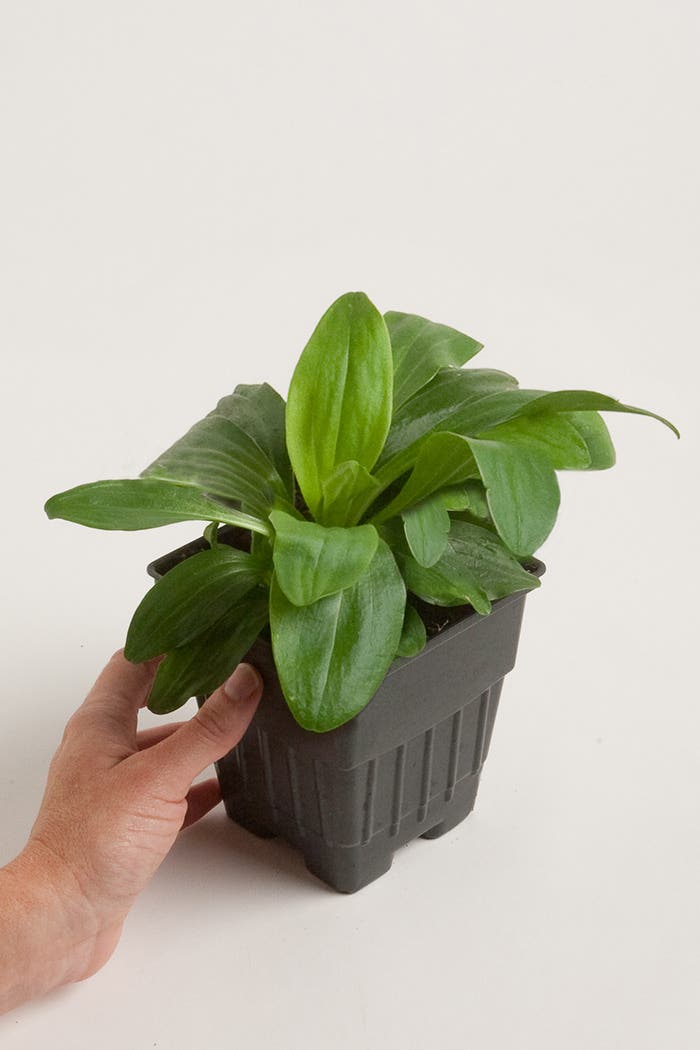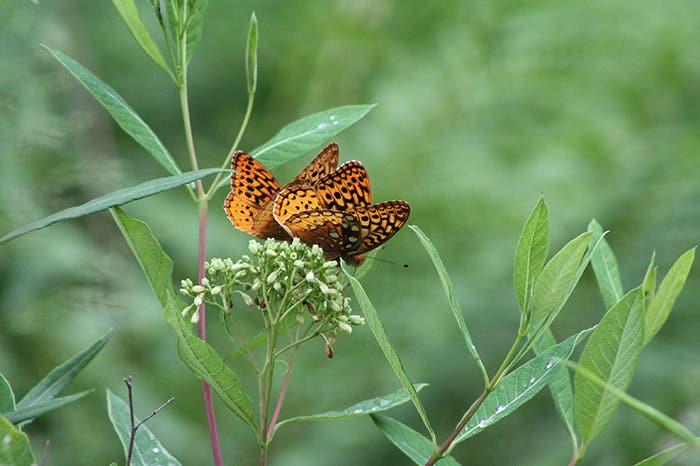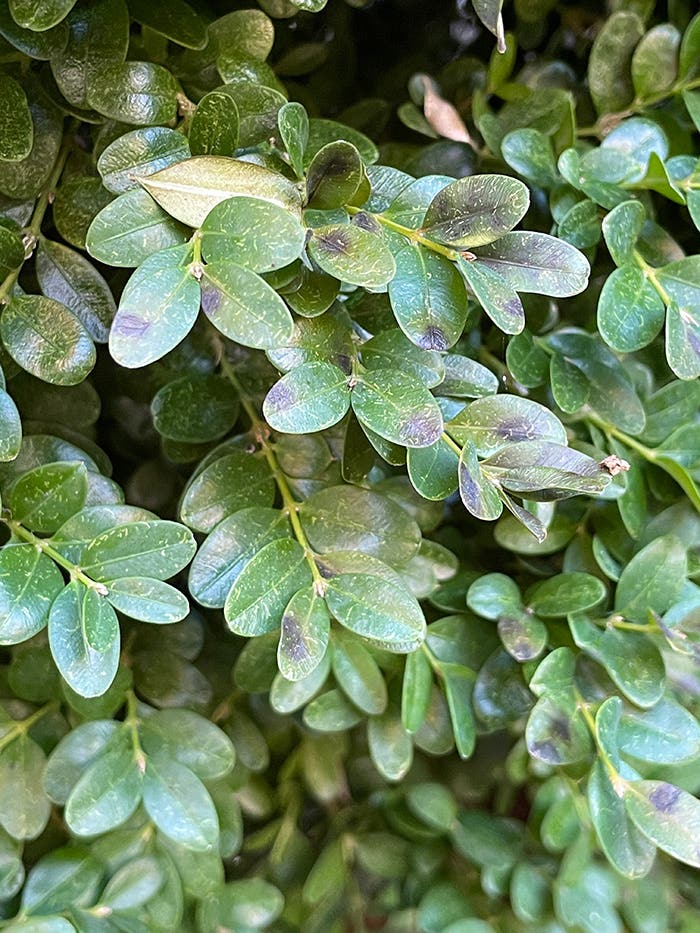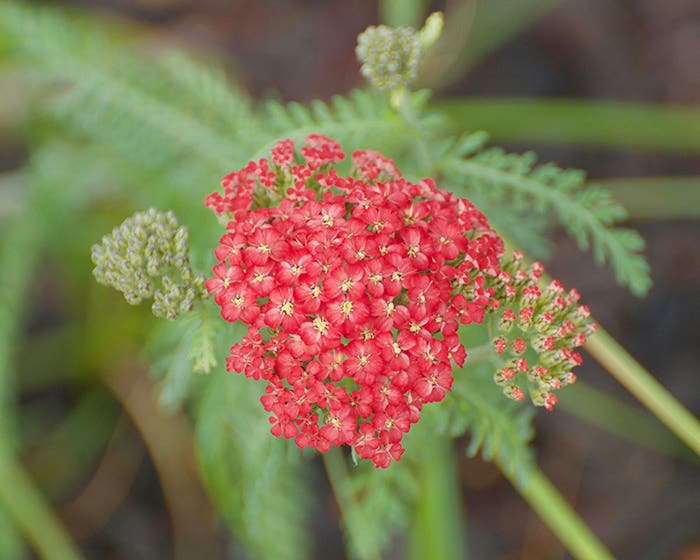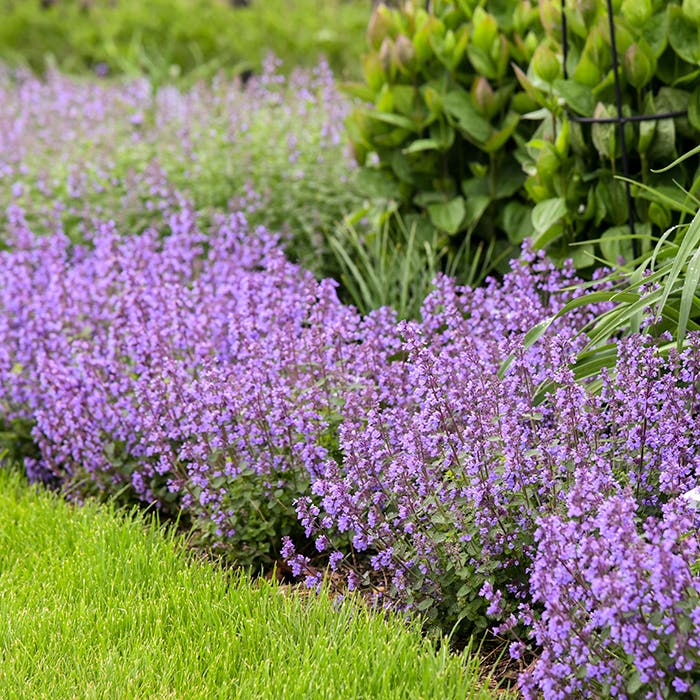Understanding Phenology and Its Uses in the Garden
Plants can give us clues!
In my previous articles, I have examined how the weather affects plants. I’ve looked at the weather conditions—hot or cold, wet or dry—and discussed how our plants will respond. Phenology deals with the same thing: how plants react to changes in the weather. But with phenology, you observe the plant and note the sequence of its life events—then you relate those back to the weather.
Phenology is defined as the science dealing with periodic biological events that are influenced by weather and climate. Less formally, it has been called “nature’s calendar.” A phenologist relates observable changes in plants or animals to weather or climate events causing them, in particular seasonal changes. For animals, we can study seasonal migrations or winter hibernations. For plants, we examine benchmark life stages (technically called phenophases), including sprouting, flowering and senescence. What we’re trying to develop here is a phenoclimatic model; in other words, we’re establishing a relationship between weather conditions and animal or plant responses.
Events with Effects
What environmental factors affect plant life stages? Some plants are light sensitive; they respond to day length. There are short-day plants and long-day plants, but many species are day-neutral and do not respond to day length alone. Obviously, plants are affected by water availability. Although lack of water will certainly affect plant development, dryness tends to be periodic and does not occur on a regular basis in most locations. Many of the plants we deal with, therefore, have not adapted their life cycles to moisture availability.
(Of course there are exceptions. In central and southern California, wet and mild winters promote plant growth which then ceases with the typical summer dryness. In the desert Southwest, plants have adapted their life cycles to hurry along when the infrequent rain does occur.)
Temperature is by far the most important environmental factor affecting a plant’s life cycle. Air temperature regulates a plant’s biological clock, so to speak. The temperature of the growing season can be measured in Growing Degree Days (GDDs). To calculate the number of GDDs contributed to the season by any one day, take the average temperature of that day and subtract a particular plant’s critical temperature. (The critical temperature is the minimum temperature needed for plant development; it varies by type of plant.)
Botanists have correlated plant phenophases with GDDs. They found that plant phenology seems to be a function of the total number of accumulated degree days rather than the plant just reaching a certain critical temperature or a length of time above a critical temperature. A plant responds to the accumulated amount of thermal energy it absorbs.
Also related to temperature is Hopkins Law. This says that in spring, biological activity will be delayed by 4 days for every degree latitude north and for every 400 feet upward in altitude. These are the types of differences that phenology is all about. They can be useful in any gardening/farming endeavor.
Phenology’s Advent
For you history buffs, phenology is one of the oldest of the environmental sciences. When early man was a hunter/gatherer, there are indications that some kept track of seasonal changes in the local flora and fauna. When man started growing his own food, the start of agriculture, more detailed records were kept. The Chinese had written records starting back nearly 1,000 years BC. The Japanese have kept track of the blossoming of cherry trees for the past 1,200 years. Robert Marsham, an English naturalist who lived in the 1700s, is considered by many to be the “father of phenology”, at least in its modern form. His 60 years of observations on the seasonal and year-to-year changes in plant development is considered to be the landmark work in the field. (It wasn’t until 1849, though, that a Belgian botanist, Charles Morren, coined the term “phenology” to label the science of seasonal cycles in animals and plants.)
Any talk of phenological models will ultimately bring up the lilac. The lilac was chosen as the indicator plant when phenological observation networks were established in the US starting in the 1950s. In the 1960s, cloned lilac plants became the standard. In theory then, any differences in plant development from different sites would have to be due to environmental effects, not differences between the plants, which were genetically identical. The goal then was to record when the various development stages occurred: first leaf, first flower, full bloom, end of bloom. Differences between various sites and yearly differences at the same location could then be noted. The first network was established in the western US. Other networks were later set up in the Midwest and Northeast.
Phenology in Practice
Many gardeners have unknowingly used phenology by following folk wisdom: Plant your tomatoes when the flowering dogwoods are at their peak. Plant your lettuce when the dandelions are blooming. Plant your early corn when the apple blossoms begin to fall. In fact, you shouldn’t rely simply on preset recommendations for planting times in seed catalogs. There is too much variation in the weather from one year to the next.
When you use natural signs to determine when to plant different flowers or vegetables in your garden, you’re using phenology. You don’t have to calculate HDDs; nature is doing that for you.
Lilac phenology has been used to enhance productivity of gardens and farms. Cooler weather vegetables such as beets, carrots and lettuce can be planted when the first lilac leaf appears. When a lilac is in full bloom, you can plant beans, cucumbers, and squash.
Besides planting, phenology has other applications for the garden or farm. Insect problems tend to occur during certain life stages of a plant. And the insects themselves have life stages that follow a schedule. Phenology can help determine when combative measures need to be taken. The same is often true of various diseases.
In recent years, another important use of phenology has developed: using it as an indicator of climate change. If plants and animals are so in tune with the weather, then they will respond to long-term changes in it. And this we have seen. Global warming has led to earlier springs. Many types of plants are breaking dormancy sooner and their life cycles are accelerated. Later falls have significantly lengthening the growing season.
Want to learn even more about phenology and perhaps even get involved with phenological observations as a citizen scientist? Check out the USA National Phenological Network.
Indicator plants are often used to look for a particular pest and manage it in its most vulnerable stages. They can also be used to time the planting of vegetables, apply fertilizer, prune and so on. Here are some common garden plants and what they may indicate it’s time to do.


